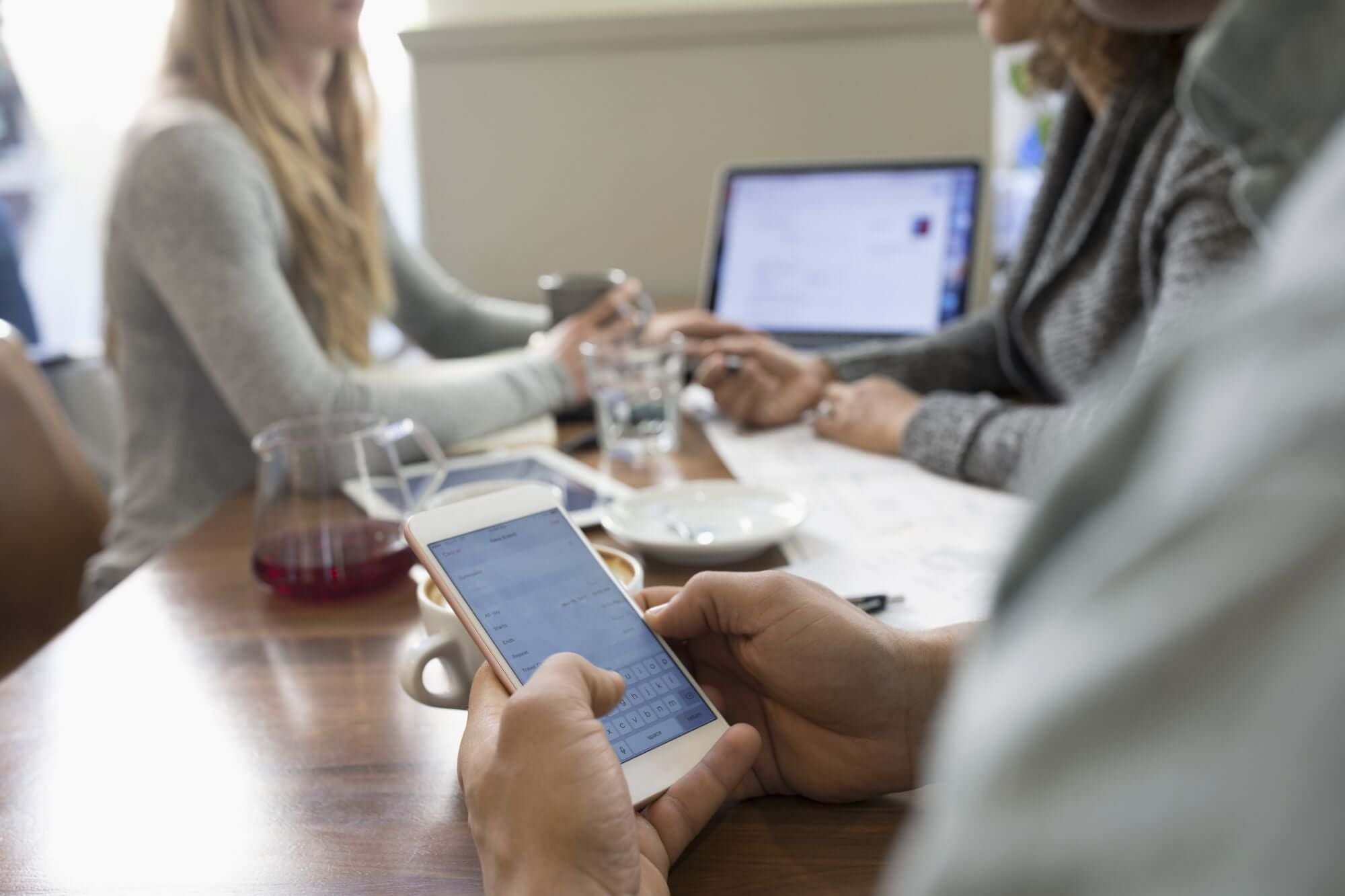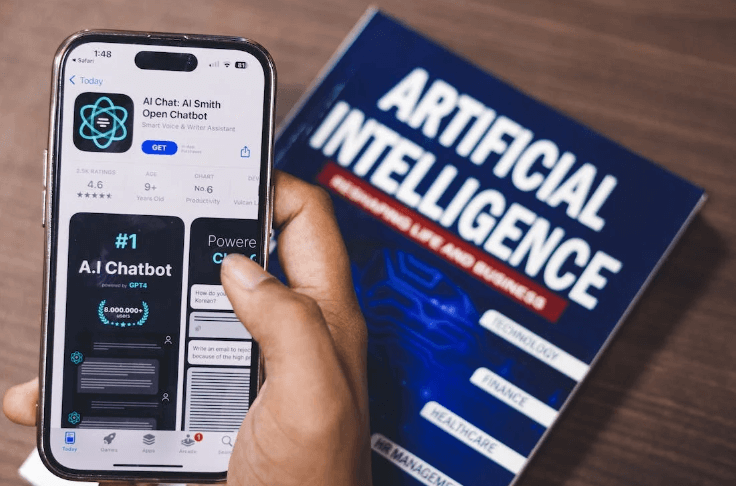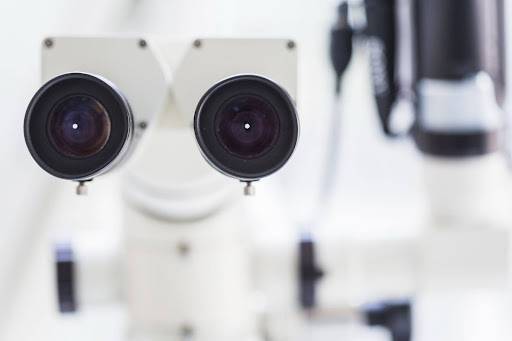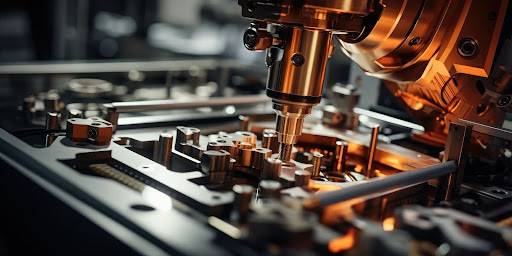
What are workplace distractions?
Workplace distractions can be anything from long breaks, to excessive social media use, to personal phone calls. By limiting distractions, you can create a more productive, efficient work environment. Professionalism is key in this endeavour, as it’s important to prioritize your tasks and take responsibility for your own productivity. As a result, it’s important to identify potential distractions in the workplace and take the necessary steps to minimize them.
Pay stubs and workplace distractions are often closely related. Employees are prone to get distracted when they are not sure how their wages are determined. It provides employees with a clear picture of how their wages are calculated, and this visibility helps them stay focused on their job. It helps employers ensure that employees are being paid accurately, while also providing employees with the peace of mind that their wages are in line with their expectations.
Workplace distractions can be caused by a variety of factors, including environmental noise, lack of autonomy, technological advancements, and an increasingly connected world. Professional organizations should take steps to identify and address sources of distraction in order to create an optimal work environment and improve productivity.
Strategies to Minimize Workplace Distractions
In today’s digital world, distractions can be a major obstacle to getting work done. Indeed, almost everyone experiences interruptions in the workplace that can lead to decreased productivity, focus, and morale. Fortunately, there are a variety of strategies one can employ to minimize distractions and keep one’s workplace productive.
- Create a designated workspace. To help minimize distractions, try to create a designated workspace that is free from clutter and noise. One should choose a quiet area with minimal foot traffic, an environment that is conducive to focusing. Working with a team, one could also assign individual workspaces so that everyone has their own space to work without interruption.
- Establish set work hours. Establishing set work hours and sticking to them can help one stay on track and avoid distractions. Try to arrange for certain times of the day to be designated for specific tasks. This will help one stay organized and keep distractions from eating up one’s valuable time.
- Avoid multitasking. Multitasking can be tempting, but in reality, it often leads to decreased efficiency and productivity. To stay focused, one should stick to a single task and not allow distractions by checking emails or social media.
- Take regular breaks. Breaks are essential for productivity. They allow one to take a step back, reset focus, and come back to one’s task with renewed energy and enthusiasm. To minimize distractions, try to set aside specific times to take breaks.
- Block out distractions. Technology can be a major source of distraction. To help minimize these, consider using tools such as distraction-blocking apps or plugins to help stay focused and on track.
Strategies such as noise-cancelling headphones, setting up boundaries between work and personal devices, and encouraging employees to unplug after work can all help reduce distractions and improve focus.
By following these strategies, one can help create an environment that is conducive to productivity and minimize the distractions that can interfere with one’s work. Pay stubs provide an important link between workplace productivity and workplace distractions. With the proper planning and discipline, one will maximize one’s efficiency and output.






